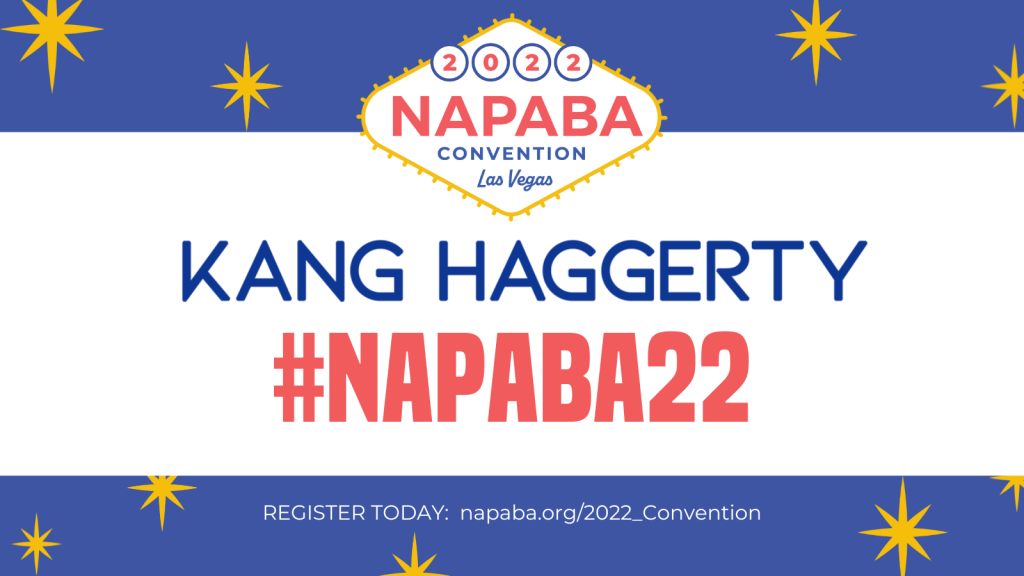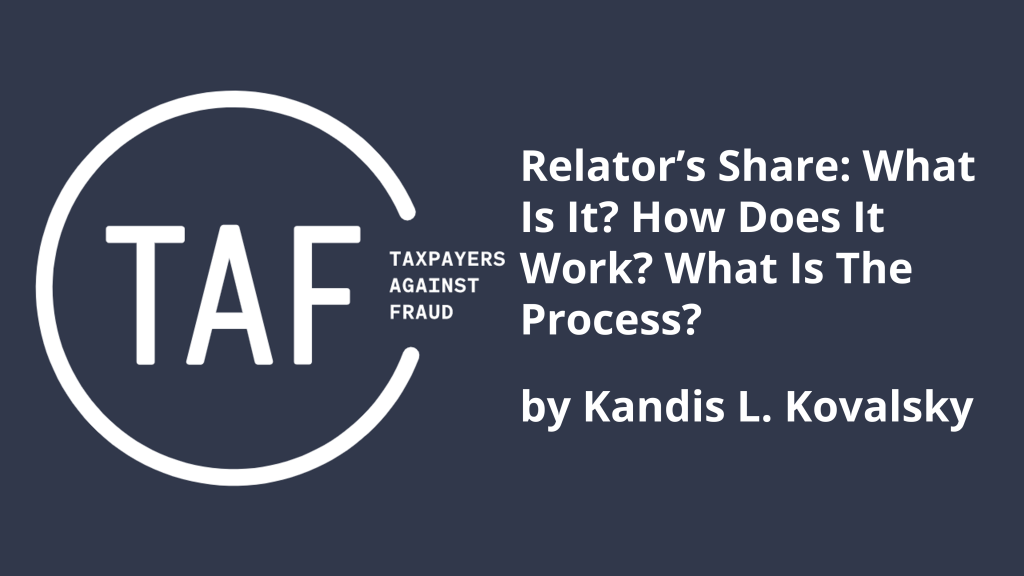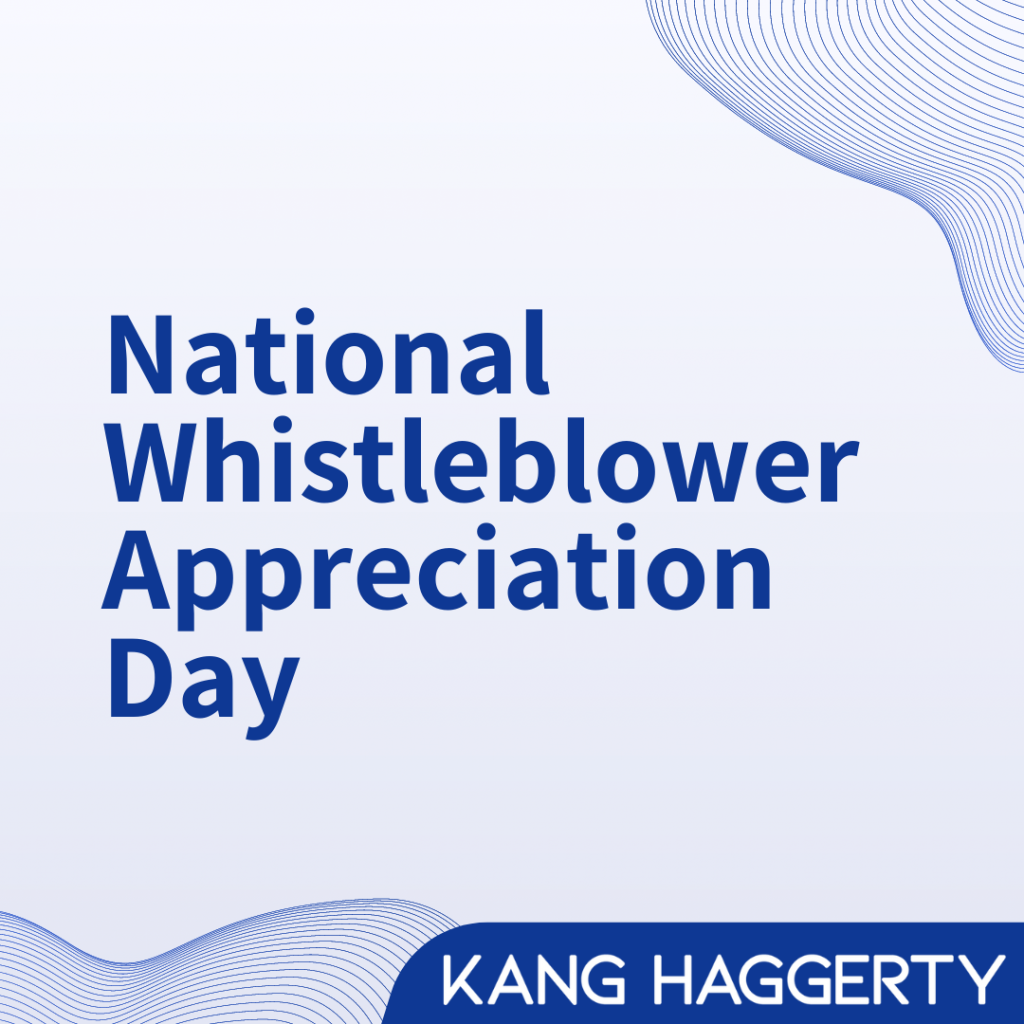 Kang Haggerty attorneys Edward T. Kang, Kandis L. Kovalsky, and Susan Moon O are attending the National Asian Pacific American Bar Association (NAPABA) 2022 Convention in Las Vegas from November 3 through November 6, 2022.
Kang Haggerty attorneys Edward T. Kang, Kandis L. Kovalsky, and Susan Moon O are attending the National Asian Pacific American Bar Association (NAPABA) 2022 Convention in Las Vegas from November 3 through November 6, 2022.
On Friday, Edward and Kandis are joined by Erika Hiramatsu, Steve Koh, Kolin Tang, and Grace Park to present “How to Whet Uncle Sam’s Whistle: A Guide to Litigating Cases under the False Claims Act.” This program will cover issues that commonly arise in litigating cases brought under the False Claims Act where the government declines to intervene, with a particular focus on healthcare cases. The panelists will offer discussion from the points of view of counsel for Relators, Government, and Defendants. This CLE will also include an explanation of the key provisions of the FCA, recent key cases involving the healthcare industry, and recent policy developments and enforcement trends under the Biden Administration.
The NAPABA Convention is the largest annual gathering of Asian American and Pacific Islander (AAPI) attorneys, judges, law professors, and law students—bringing meaningful insights, networking opportunities, and perspective to the legal community.
 Kang Haggerty News
Kang Haggerty News


 Kang Haggerty attorneys Edward T. Kang, Kandis L. Kovalsky, and Susan Moon O are attending the
Kang Haggerty attorneys Edward T. Kang, Kandis L. Kovalsky, and Susan Moon O are attending the  In the October 2022 Edition of Taxpayers Against Fraud (TAF) Newsletter, Kandis Kovalsky wrote “
In the October 2022 Edition of Taxpayers Against Fraud (TAF) Newsletter, Kandis Kovalsky wrote “ Kang Haggerty is proud to honor all whistleblowers—past, present, and future—on
Kang Haggerty is proud to honor all whistleblowers—past, present, and future—on